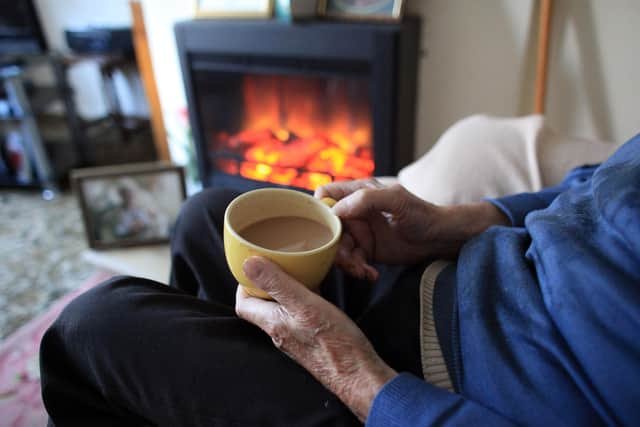Fuel poverty in energy-rich Scotland is simply absurd – Kenny MacAskill
As the Chancellor spreads the cash, seeking to buttress falling Tory support, I’m minded of the mantra preached by unionists at the referendum that the strength of the UK was the “pooling and sharing” it afforded. Assets pooled and resource shared, or so we were led to believe.
But how’s that going with energy? The oil and gas which we were told in 2014 was all but gone and positively an impediment for an independent Scotland was instead at the centre of the King’s Speech. A resource apparently depleted is now the cornerstone of the UK economic recovery, not just government policy.
Advertisement
Hide AdAdvertisement
Hide AdScotland can only look enviously at Norway. Not just the transformation of its economy and society afforded by the North Sea or the eye-watering fund for future generations. Now there’s the absurdity that the Rosebank field, licensed to bail out the UK, will be operated by Equinor, the Norwegian state energy company. The old energy of fossil fuels will be with us for some time to come.


But walking my dog down at the beach near Torness recently, the future’s evident. The nuclear plant’s due to close in a few years but meanwhile, out in the Firth of Forth, turbines and towers are increasing rapidly. What we’re currently seeing is but the early stages of one offshore wind farm, with others planned or sought. The horizon’s going to change forever, even as the decommissioning begins onshore. Windfarms are also evident on the Lammermuirs and applications are in for more.
It’s a microcosm of Scotland where almost all its homes can be powered by renewable energy and plenty more energy’s becoming available. The UK Government reckons that, in 2021, Scotland exported 35 terawatt-hours (TWh) of electricity south. A terawatt-hour is a billion kilowatt-hours. To provide context, the average household in Scotland uses 3,295 KWh a year. They also anticipate Scotland will send 124TWh south by 2030, enough to power all Scotland’s homes almost 15 times over.
That’s the pooling. But what about the sharing? I asked Ofgem to detail the standing charges for electricity. This is being consulted on but, as it stands there’s a huge differential. The UK’s divided into regional areas and in Scotland, it’s north and south, basically, Highlands and Lowlands.
But what’s the sharing out from all this Scottish renewable energy that’s pooled? All forms of payment, whether direct debit, standard credit, or pre-payment meter (PPM), see higher standing charges imposed in Scotland. Take PPMs, as they include the poorest and most vulnerable. The standing charge’s daily rate is 66p in northern Scotland and 69p in southern Scotland, yet only 46p in London. People are literally counting the pennies to afford electricity but, on an annualised basis, the average standing charge amounts to £251.64 in southern Scotland, £241.84 in northern Scotland, yet only £166.13 in London.
Now it’s argued that overall costs are still lower in Scotland. Perhaps true. But standing charges hit the poorest and those who use least most. Also, Scotland’s climate is colder and fuel poverty rates are higher. Folk can see the turbines turning from their doors but can’t heat or power their homes. Pooling and sharing, really? It’s absurd that an energy-rich country should see its folk fuel poor.
Kenny MacAskill is Alba Party MP for East Lothian
Comments
Want to join the conversation? Please or to comment on this article.
